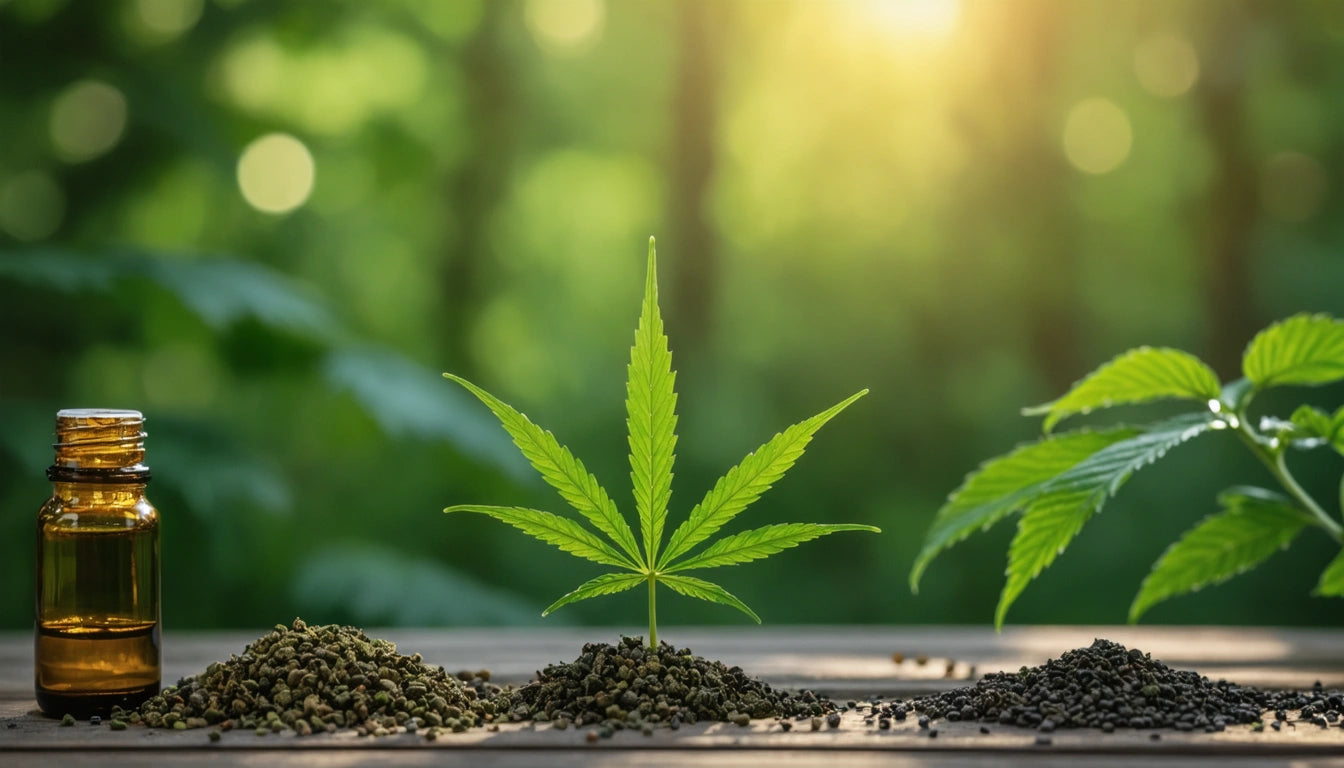Table of Contents
- Market Expansion Benefits of Multilingual Packaging
- Regulatory Compliance Across International Markets
- Enhancing Customer Experience Through Language Inclusion
- Implementation Strategies for Multilingual Packaging
- Cost Considerations and ROI for Multilingual Packaging
- Future Growth Opportunities Through Language Diversity
Why You Need Multilingual Packaging for Global Sales
As cannabis markets mature and expand internationally, brands face new challenges in connecting with diverse consumer bases. Multilingual packaging has emerged as a critical component for cannabis companies looking to establish themselves in global markets. Beyond simple translation, effective multilingual packaging addresses regulatory requirements, cultural nuances, and consumer expectations across different regions.
Market Expansion Benefits of Multilingual Packaging
Expanding into international markets requires more than just shipping products overseas. Multilingual packaging serves as a gateway to new consumer segments, demonstrating commitment to serving local populations properly. According to our research on global packaging strategies, brands that incorporate multiple languages on their packaging typically see 30-45% higher market penetration rates in non-English speaking regions.
Key markets driving this trend include:
- Canada (requiring both English and French)
- European Union countries (often requiring local language plus English)
- Latin American emerging markets
- Asian markets with specific character requirements
First-Mover Advantage
Cannabis brands that implement multilingual packaging early gain significant advantages over competitors. By addressing language barriers proactively, these companies position themselves as globally-minded enterprises ready to serve diverse communities. This approach builds brand recognition and loyalty before market saturation occurs.
Regulatory Compliance Across International Markets
Perhaps the most compelling reason for multilingual packaging is regulatory compliance. Many countries legally require product information to appear in official national languages. Non-compliance can result in rejected shipments, product recalls, or legal penalties.
When implementing multilingual packaging solutions, efficiency becomes crucial. Our automated filling and packaging equipment helps maintain consistency across multilingual packaging runs while maximizing production efficiency, regardless of language variations on labels or inserts.
Enhancing Customer Experience Through Language Inclusion
Beyond compliance, multilingual packaging significantly improves customer experience. When consumers can read instructions, ingredients, and usage guidelines in their native language, it builds trust and ensures proper product use. This is particularly important for cannabis products where proper dosing and usage instructions are critical for consumer safety.
Research indicates that:
- 72% of consumers are more likely to purchase products with information in their native language
- Nearly 60% rarely or never buy from English-only websites
- Users spend 2-3 times longer on sites and packaging with native language content
Implementation Strategies for Multilingual Packaging
Space-Efficient Design Approaches
Incorporating multiple languages presents space challenges on packaging. Effective strategies include:
- QR codes linking to translated digital content
- Accordion labels or peel-back designs revealing multiple languages
- Standardized iconography to communicate key information visually
- Supplemental inserts with detailed information in multiple languages
Translation Quality Control
Professional translation services specializing in cannabis terminology are essential. Machine translation often fails to capture nuance or industry-specific terminology. Invest in native speakers to review all translations, particularly for dosing instructions and warning labels.
Cost Considerations and ROI for Multilingual Packaging
While implementing multilingual packaging requires initial investment, the return typically justifies the expense. The primary costs include:
- Translation services ($0.10-$0.30 per word depending on language)
- Design modifications ($500-$2,000 per SKU)
- Printing setup changes ($300-$1,000 per production run)
- Regulatory consultation for each market
However, these costs are offset by avoiding compliance penalties, reducing the need for market-specific packaging variations, and increasing sales in new markets. Most brands report recouping these investments within 6-12 months of entering new language markets.
Future Growth Opportunities Through Language Diversity
Looking ahead, multilingual packaging will likely become standard practice rather than a competitive advantage. Brands that implement comprehensive language strategies now are positioning themselves for long-term global success. The cannabis industry continues to globalize rapidly, with new markets opening regularly and international trade becoming increasingly important.
Forward-thinking companies are already implementing dynamic packaging solutions that can adapt quickly to new language requirements. Digital printing technologies allow for cost-effective small runs in multiple languages, while smart packaging with embedded digital content can provide unlimited language options without physical space constraints.
By embracing multilingual packaging today, cannabis brands demonstrate global awareness and cultural sensitivity while preparing for a future where international markets represent the greatest growth opportunities in the industry.











Leave a comment
All comments are moderated before being published.
This site is protected by hCaptcha and the hCaptcha Privacy Policy and Terms of Service apply.